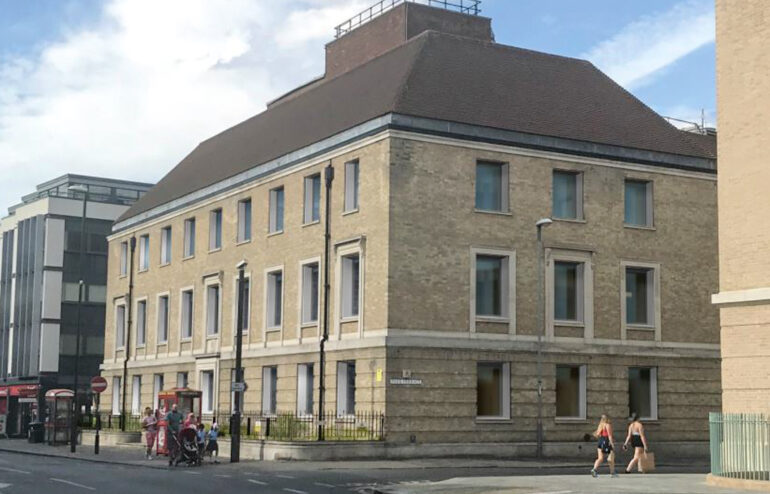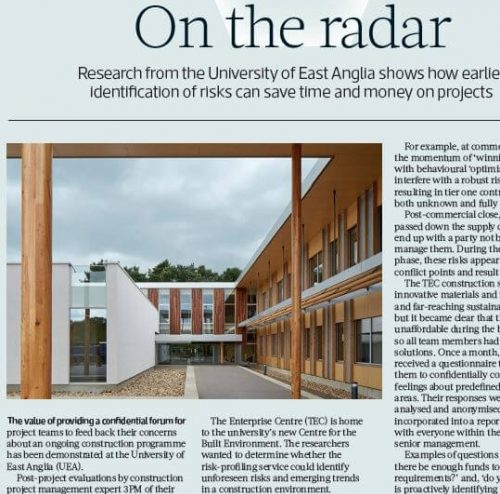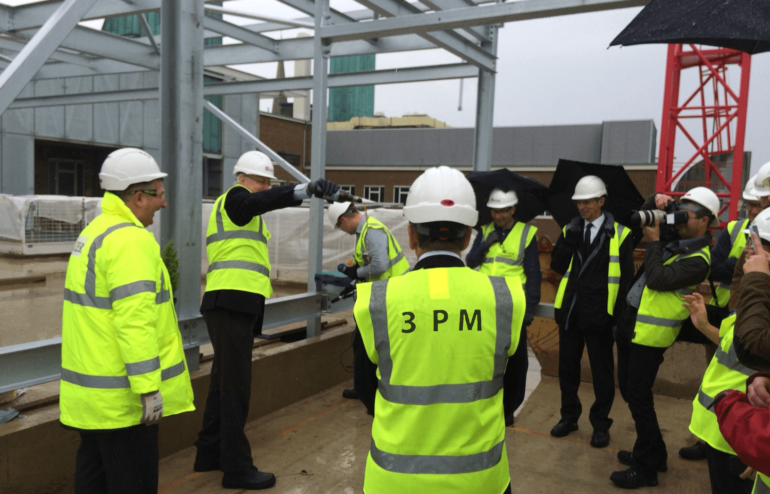MIND OVER MATTER – THE REAL ESG OBSTACLE
By Rana Rehman, Senior Project Manager at 3PM
Cost of materials, supply chain challenges, complicated design, lack of data, a lengthy planning process and heritage constraints are just some of the reasons given for favouring new construction projects over retrofitting ones.
The list of problems is long but the main thing holding us back from #Net Zero trumps all others – mindset. And that matters.
Data is a good example. At a recent event I listened to a discussion whereby those partaking were bemoaning the lack of data that means they cannot benchmark or use existing data to showcase what can be done, or that the information designers have today is already two years old and therefore not live – because live information most often only comes in once the development is post construction, in RIBA stages 4-6. This raised the question of when the live information should be tied to the project – at what point on its timeline is best?
There’s an easy answer to this. RIBA Stage 1. The earlier the focus on net zero with any project the better, but especially when retrofitting. The building is already largely built – we are already working backwards so the earlier we factor in ESG the better.
We, as stakeholders in the future of our built environment, all must agree to plug the massive knowledge gaps across the industry, not accept them. And this requires a change of mindset from day one.
If sustainability focussed PMs and designers are brought in at concept stage there is simply no reason not to retrofit and reach net zero. It can still be done later, it’s just harder.
The experts start with embodied carbon, looking at passive principles, the circular economy – yes steel can be recycled, stored and reused – and biobased materials. Operational carbon also should be factored in early to predict and control live data. This stage includes designing and planning in the maximisation of efficiency and reduction in energy, the practice of energy harvesting and use of renewables. Finally, we move towards energy storage and, as an absolutely last resort, offsetting which together take us to net zero and eventually the panacea of absolute zero.
At 3PM, we work with our own mindset route map which factors in these various stages to win over the 100s of reasons why a retrofit to net zero can’t be done, focussing instead on how to cut through and deliver the lowest carbon intervention. This can be applied to every building, no matter how heritage – to restore, retrofit and future proof.
This has seen us through the decarbonisation and degassing of some of the most heritage and oldest Universities in the UK so there’s absolutely no reason it can’t be applied to a post war office buildings.
After all, if a building has lasted hundreds of years, why shouldn’t we commit to giving it a new lease of life?









